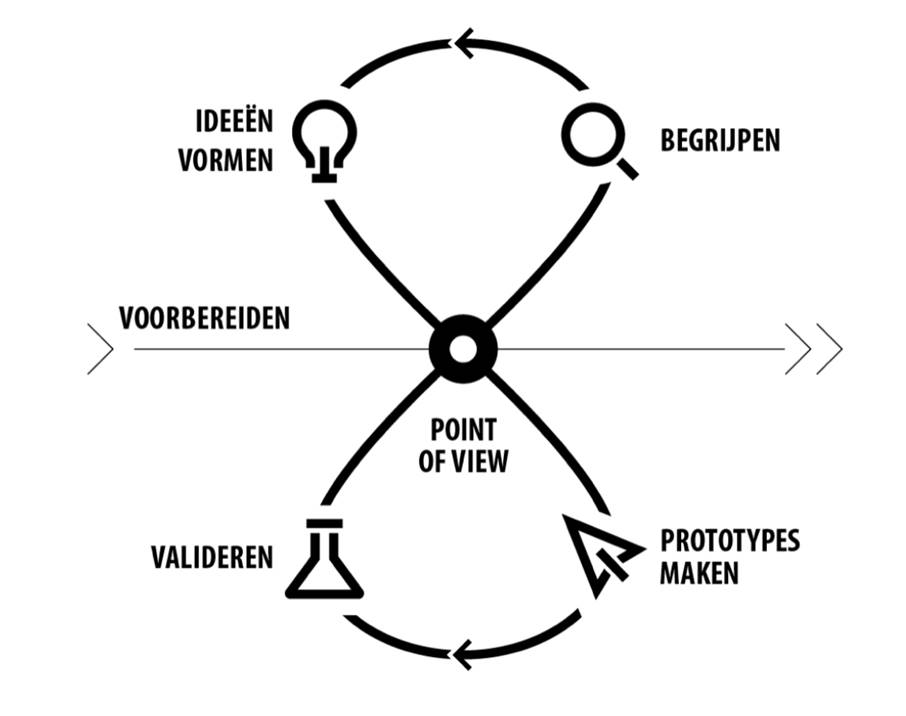
In this white paper you will learn:
- What the innovation process looks like and what challenges you face along the way
- What opportunities there are to fund this early stage of your idea/product
- In what ways NOM as an investor can help you
Please note that this whitepaper is only available in Dutch at the moment. We are in the process of translating this whitepaper.


